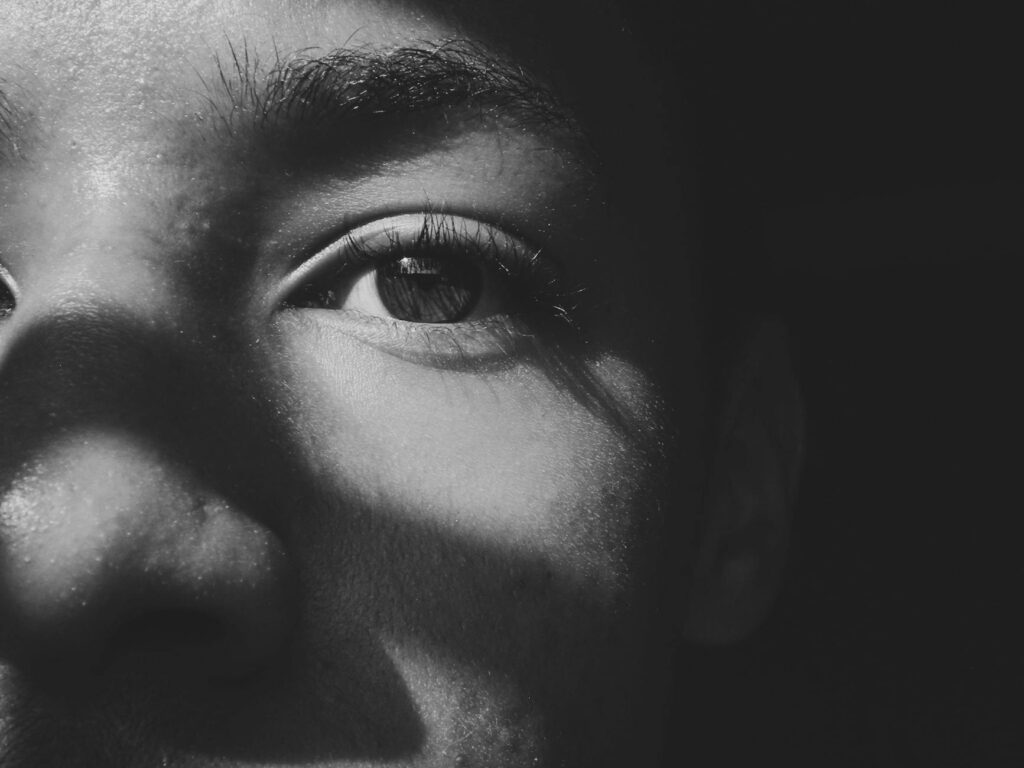The Vera C. Rubin Observatory: A New Era in Astronomy
Okay, so Hubble’s been the rockstar of space telescopes for what—30 years? But here’s the thing: Chile’s Cerro Pachón is about to steal the spotlight. The Vera C. Rubin Observatory isn’t just another telescope—it’s like giving astronomers a supercharged cosmic microscope. And guess what? First images drop June 23. I mean, come on. That’s huge.
Funded by the usual suspects—NSF, DOE, plus some international heavyweights—this bad boy is the engine behind the Legacy Survey of Space and Time (LSST). Ten years of mapping the southern sky? Yeah, they’re not messing around. Think of it as a Netflix binge, but instead of shows, it’s dark matter, killer asteroids, and maybe rewriting science textbooks. Wild, right?
That Camera Though: Numbers That Don’t Make Sense
3,200 Megapixels? Seriously?
Your phone camera brags about 48MP? That’s adorable. Rubin’s main camera is packing 3,200 megapixels—you could spot a golf ball from 15 miles. Let me break it down:
- Sensor size: 2 feet wide (like a small pizza box, but way more expensive)
- Focal length: 10.3 feet (basically a giant eye staring into the abyss)
- Field of view: 3.5 degrees (40 full moons in one shot. Let that sink in.)
Fun fact: Displaying one full image would need 800 4K TVs. Your Instagram? Not even close.
How They Actually Built This Thing
This wasn’t some IKEA flat-pack situation. Engineers had to:
- Build cooling systems so precise, heat doesn’t warp images (like AC for a camera, but way nerdier)
- Make a shutter faster than a Ferrari—0.5 seconds to open/close. Blink and you’ll miss it.
- Test everything in a vacuum chamber because, well, space is hard.
Oh, and it sees stuff 10 million times fainter than human eyes. No big deal.
June 23: What We’ll Actually See
Not Your Grandma’s Space Photos
Forget those pretty Hubble shots—Rubin’s first snaps might show:
- Galaxies playing cosmic bumper cars (aka gravitational lensing)
- Dark matter’s graffiti—weird light distortions that hint at invisible stuff
- Space explosions like supernovae or neutron stars colliding (basically the universe’s fireworks)
Pro tip: See those wiggly lines? That’s spacetime bending. Yeah, Einstein was right.
How to Watch Without Looking Like a Noob
Circle the date:
- When: June 23, 2024 (time still TBA—typical scientists)
- Where: Rubin’s YouTube and Twitch (because even telescopes stream now)
- Pro move: Follow #RubinFirstLight for live nerd reactions
LSST: The 10-Year Space Binge
This isn’t a one-night stand with the cosmos. LSST will scan the whole southern sky every three nights for a decade. Goals include:
- Mapping dark matter’s invisible web (like finding spiderwebs in the dark)
- Spotting 90% of Earth-threatening asteroids (sorry, doomsday folks)
- Catching more weirdos like ‘Oumuamua (that cigar-shaped alien rock, remember?)
We’re talking petabytes of data—enough to make your laptop cry.
Why This Matters (Even If You’re Not a Scientist)
Science Gets a Turbo Boost
While James Webb stares at cosmic celebrities, Rubin’s the paparazzi snapping everything. It’ll:
- Help solve the dark energy mystery (why the universe’s expansion is speeding up)
- Sync with other scopes to build a 4D universe map—time included
Regular People Can Play Too
No PhD required:
- Citizen science: Classify galaxies from your couch (Zooniverse projects)
- Teachers: Free space lessons coming with the first data dump
Translation: Your kid’s next science fair project just leveled up.
What the Brainiacs Are Saying
“It’s like giving every astronomer a time machine and a supercomputer. At the same time.”
Rumor has it NASA’s JPL is low-key jealous. Can’t blame them.
Bottom Line: History in the Making
Rubin isn’t just upgrading astronomy—it’s throwing the doors open. Whether you’re a lab-coat-wearing genius or just a space fan with WiFi, June 23 is your ticket. Set a reminder. Get snacks. Prepare for 3.2 billion pixels of pure cosmic wow.
Final thought: Ten years from now, we might look back at these first images like Hubble’s “Pillars of Creation”—the moment everything changed.
Source: Gadgets 360 – Feeds

